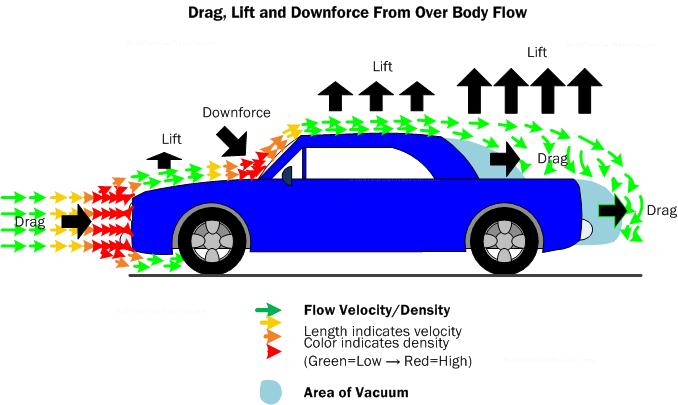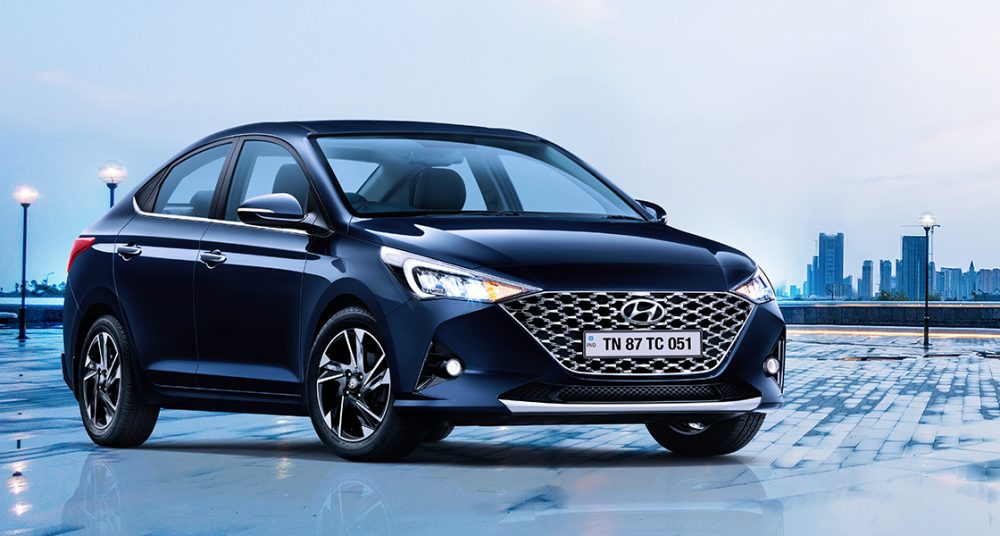Designing a car is a herculean task in itself. There are many aspects to consider when designing any vehicle, more when it is a race car. But we aren’t talking about a race car here, so, let’s focus on the road cars for now. That said, apart from aesthetics, it is the ‘aerodynamics’ that has a huge impact on the fuel economy and driving dynamics.

Well, some will say that road cars don’t need to be aerodynamic as they run at relatively low speeds. But let me tell you, aerodynamic drag is resistance for a vehicle that the car has to overcome from as low as 80kmph (Even less, but the effect is not that prominent). So, without confusing you further here is what Aerodynamic in a vehicle is.
Aerodynamics

For you to know, aerodynamics is a really important subject in fluid dynamics, that is the study of moving liquids. That said, the main goal of the subject is to reduce the aerodynamic drag to as low as possible. Aerodynamics is responsible for
- Aerodynamic Drag
- Wind Noise
- Overall Noise
- Preventing unnecessary lift
- Increase high-speed stability
- Efficiency.
- Not going into the details, the aerodynamic drag is proportional to the square of the velocity of the car. And the power required to overcome the drag is a cube of the velocity.
- In other terms, there exist a really strong relationship between the velocity or speed of the vehicle and the amount of fuel used to overcome that drag.
Aerodynamic Drag vs Fuel Efficiency

Taking the real world scenario into consideration, aerodynamic drag occupies a large portion of the energy loss in cars, in these terms, it is the fuel.
- It is the highway where the car experiences the maximum amount of the drag, and in the city, the effect is marginal.
- In other terms, when the aerodynamic drag is reduced by 10% the fuel economy experiences a 5% increase out on the highway. But in the city, the gain is of about 2%.
Rear World Example

With the increasing speeds limits of the Indian highway, the aerodynamic is plays a deep role in the vehicle’s fuel economy. Still, having trouble understanding?

- Let’s put it in the rear world scenario. Talking about the 2020 Hyundai Verna and 2020 Hyundai Creta, both have the same engine, be it the naturally aspirated petrol or the diesel.
- The overall area the comes in contact with the air is larger on Creta as compared to Verna.
- This indicates that Creta has to displace more air to make room for its front section. This will require more energy for the car to gain or sustain high speeds, inturn more fuel will be consumed.
- On the contrary, Hyundai Verna being a sedan has a lower and more aerodynamic area that drastically reduce the aerodynamic drag.
- End result, the Hyundai Verna will be more fuel-efficient when compared to the Hyundai Creta.
Also, Read Tata Zest: A Detailed Owner’s Experience

Informative Read: Maruti Suzuki Baleno Turbo Petrol in the Making??





